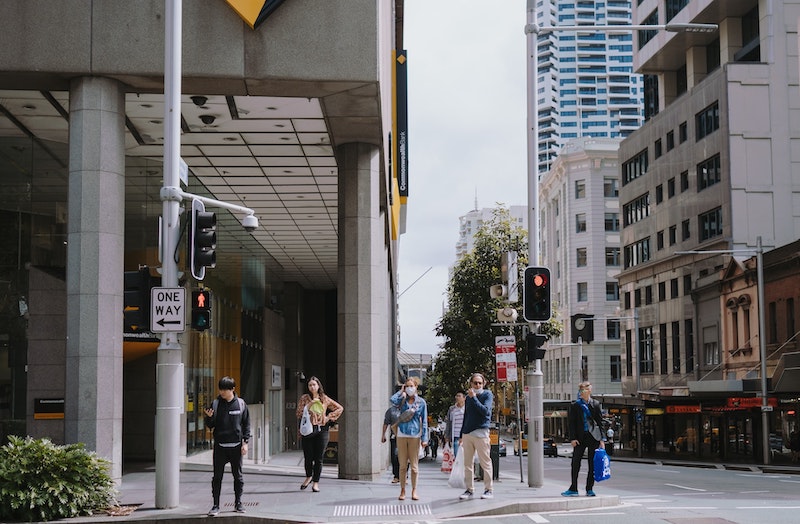The Impact of COVID-19 on Poverty in Australia

While the rest of the world became vulnerable to poverty during the COVID-19 pandemic, Australia showed a remarkable immunity to the pandemic’s effects on poverty. In fact, in 2020, Australia managed to reduce poverty by 50% and “significantly reduce income inequality.” As such, this Oceania country became a model for other countries. However, after 2020, Australia began to abandon the measures it implemented to protect people from poverty, worsening the impact of COVID-19 on poverty in Australia.
Initial Impact of COVID-19 on Poverty in Australia
Typically, poverty increases during a recession. However, this was not the case in Australia during the Alpha wave of the pandemic. A recent report released by the UNSW Sydney and ACOSS Poverty and Inequality Partnership in March 2022 highlights how Australia decreased poverty from March 2020 to December 2020.
Despite unemployment rates increasing from 5.1% to 17% and the gross domestic product (GDP) shrinking by 7% during the June quarter of 2020, the “average incomes of the lowest 80% of households” expanded from March 2020 to December 2020. More specifically, the average income of the lowest 20% income population increased by 8% and the middle 20% saw an average income increase of 11%.
In 2019, about 3 million people lived in poverty in Australia, but in June 2020, poverty affected 2.6 million people, which is about 50% less than Australia expected.
This is largely due to the Coronavirus Supplement, which is an additional top-up payment for people on welfare. It supplemented the JobSeeker Payment, which began in March 2020 as a government-issued support to help employers retain employees.
Because of the coupled efforts of the Coronavirus Supplement and the JobSeeker Payment, 9.9% of the population stood below the line of poverty in June 2020 compared to the 22.7% expected poverty percentage without further income support.
Poverty among people on JobSeeker Payment support also reduced sharply, dropping from 76% in 2019 to 15% in 2020.
How the Impact of COVID-19 on Poverty in Australia Reversed
During the Delta wave of the pandemic in 2021, Australia imposed lockdowns and “the effective unemployment rate” (individuals working no hours and people who exited the workforce) increased to 9%. This is because, by April 2021, Australia had eliminated both the Coronavirus Supplement and JobKeeper Payment. It introduced the COVID Disaster Payment in September 2021, but this support had a more narrow target — “80[%] of those on the lowest income support payment were excluded,” says UNSW Sydney. Subsequently, poverty rates increased by roughly 20% and income inequality rose along with it.
In September 2021, only 17% of “people under the lockdown on the lowest income support payments” received the COVID-19 Disaster Payment, which most likely left the remaining people, 765,000, in poverty. When Australia phased out the COVID-19 Disaster Payment, around 1.6 million people were on “lowest income support payments” — roughly “25% more than before the pandemic” in 2019.
The Government and Poverty
Australia’s response to the COVID-19 pandemic shows that the government can end poverty. As Dr. Cassandra Goldie said in an article by UNSW Sydney, poverty and income inequality grow because of government policies, but when governments introduce effective social policies, like the Coranavirus Supplement, poverty can also greatly reduce. By spending on essentials and sending out vital help, the government was able to keep people in jobs, softening the impact of COVID-19 on poverty in Australia. Thus, Australia’s unique situation during the pandemic reveals the power the government holds in exacerbating or ending poverty.
– Samyukta Gaddam
Photo: Unsplash
